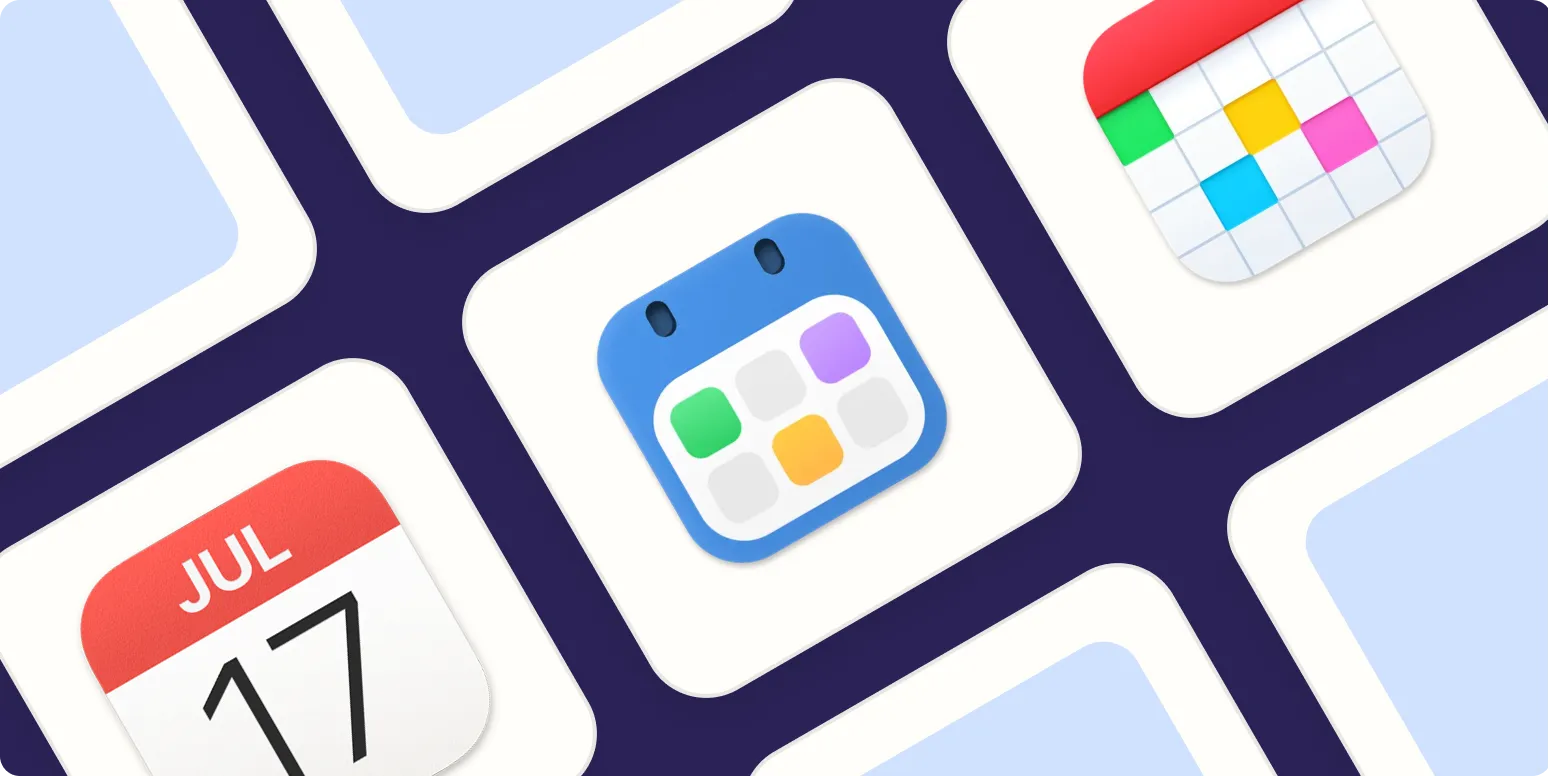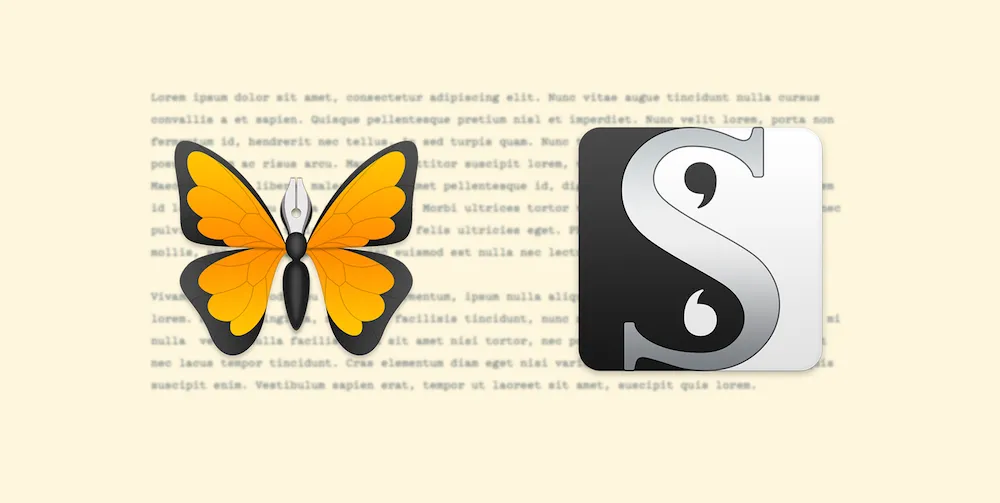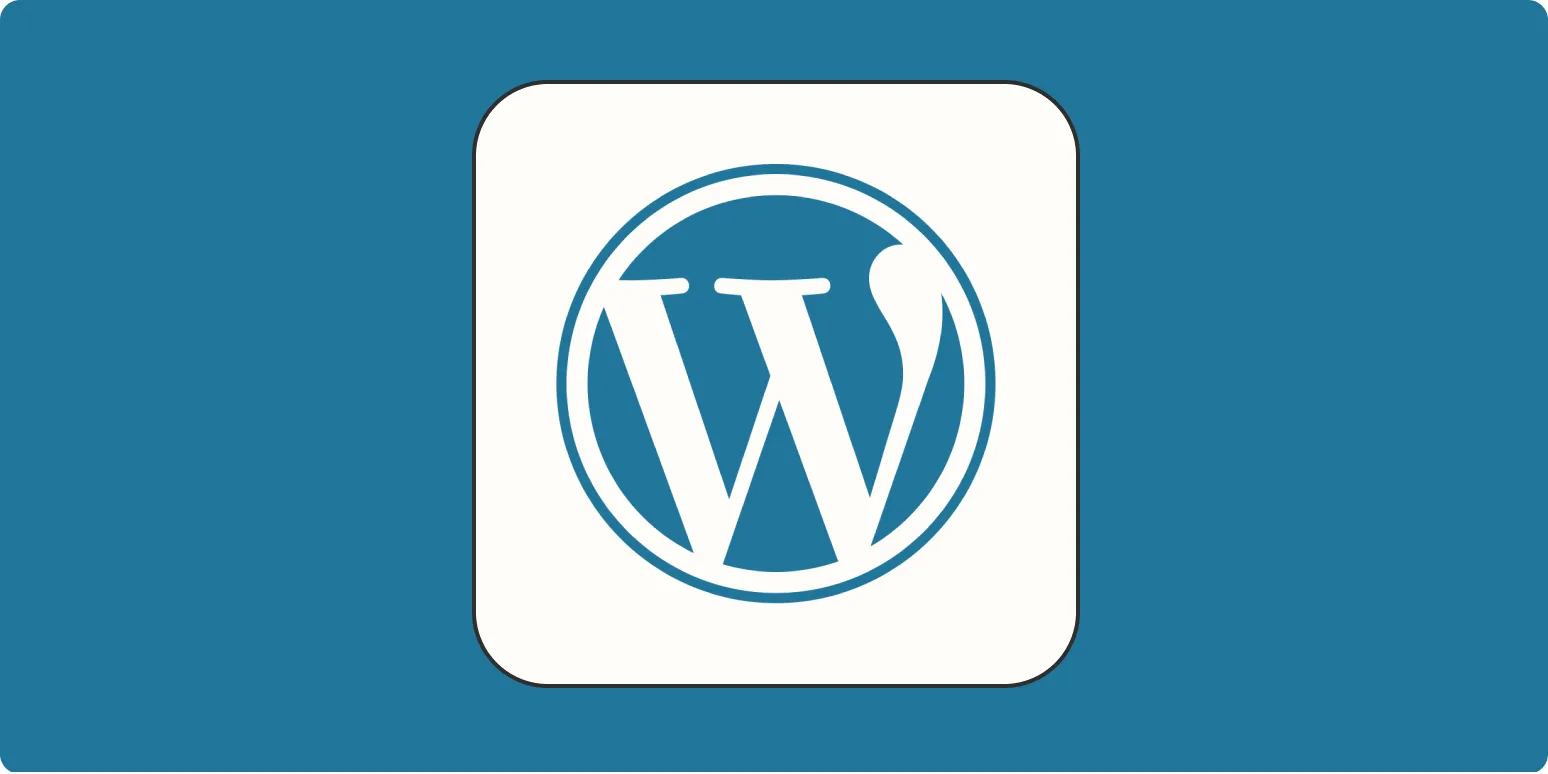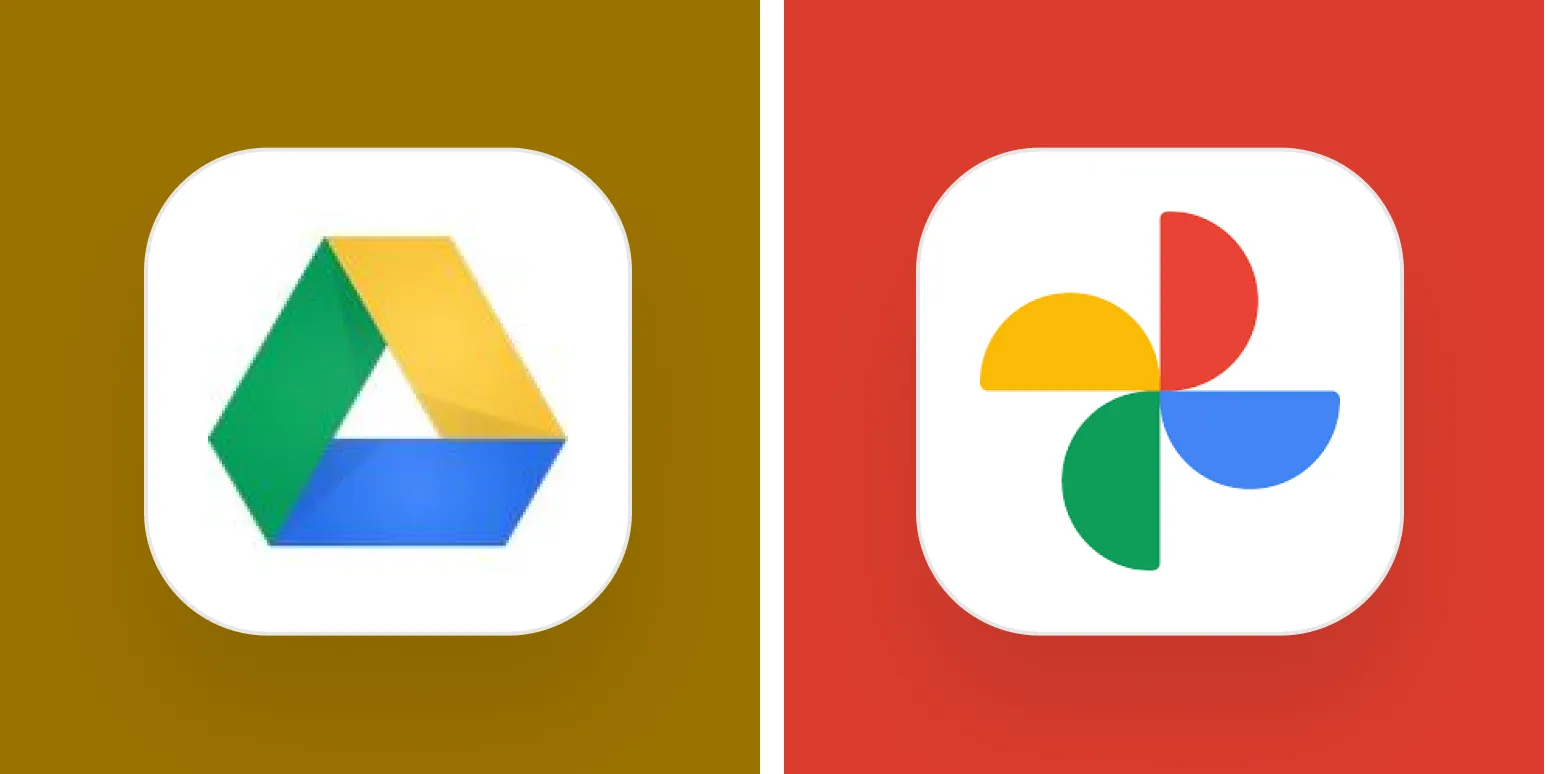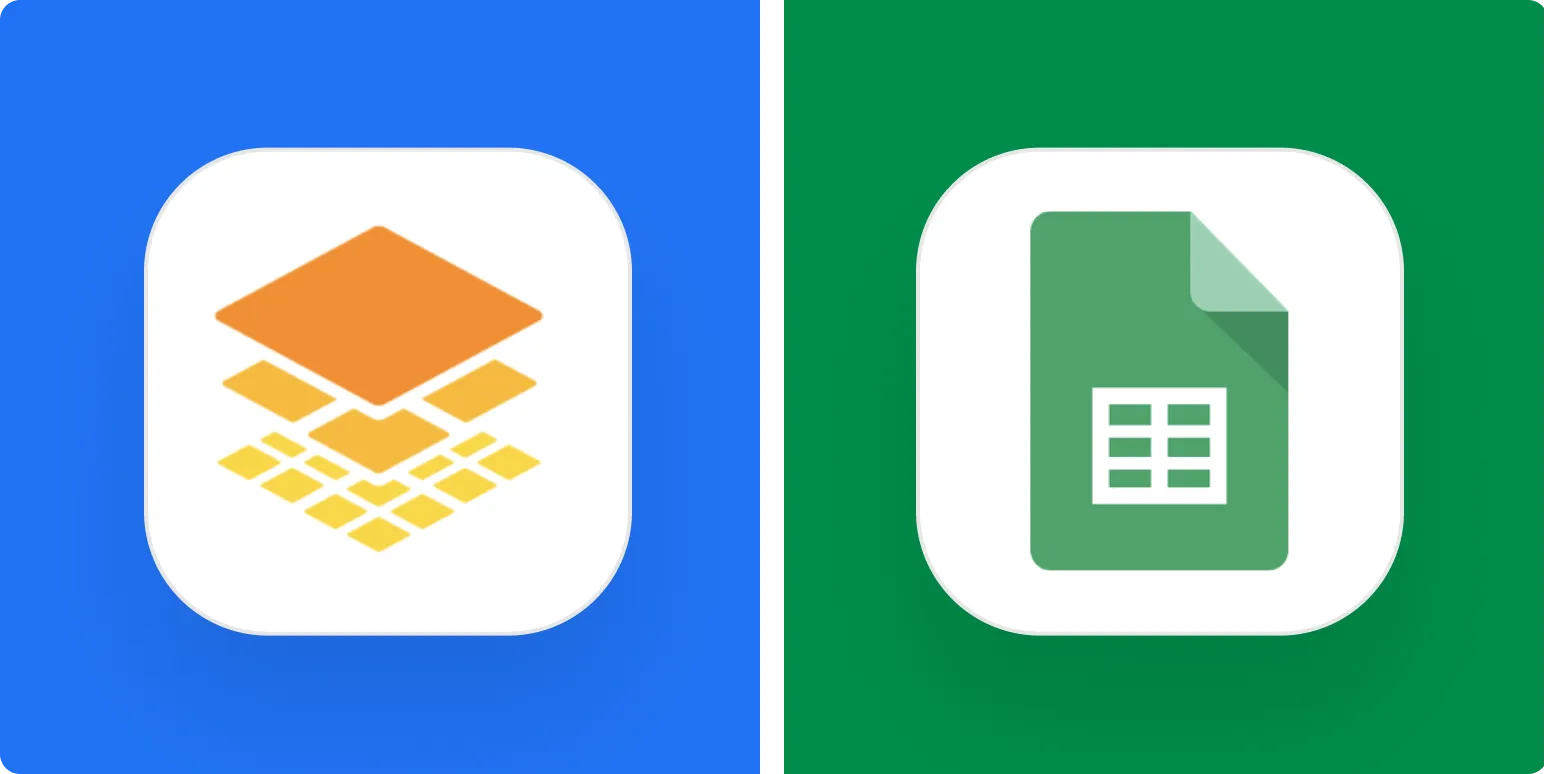The 5 Best Calendar Apps for Mac
When it comes to managing your time effectively on a Mac, having the right calendar app can make all the difference. With numerous options available, it’s essential to choose one that suits your needs. Here’s a breakdown of the top five calendar apps for Mac, highlighting their features, usability, and pricing. This will help you make an informed decision.
| App Name | Key Features | Usability | Pricing |
|---|---|---|---|
| Apple Calendar | Integration with iCloud, Siri support, shared calendars | User-friendly, seamless with macOS | Free |
| Fantastical | Natural language input, event reminders, customizable views | Intuitive interface, powerful features | $4.99/month or $39.99/year |
| Google Calendar | Cross-platform access, integration with Google apps, event sharing | Web-based, easy to use | Free |
| BusyCal | Customizable calendar views, weather updates, to-do list integration | Feature-rich, but may have a learning curve | $49.99 (one-time purchase) |
| Microsoft Outlook | Email integration, task management, shared calendars | Professional interface, great for business use | $6.99/month (Microsoft 365 subscription) |
1. Apple Calendar
Apple Calendar comes pre-installed on all Mac devices, making it a convenient option for users. It offers excellent integration with iCloud, allowing users to synchronize their events across all their Apple devices. Additionally, the use of Siri to create events makes it incredibly user-friendly. Its shared calendars feature is ideal for families or teams looking to coordinate schedules. Best of all, it’s completely free to use.
2. Fantastical
Fantastical is a popular choice among Mac users who appreciate its natural language input feature. This allows users to type phrases like “Lunch with John at 1 PM tomorrow,” and the app automatically creates the event. With customizable views and powerful reminder options, it stands out as a robust tool for anyone looking to enhance their productivity. Although it comes with a monthly or yearly subscription fee, many find it worth the investment for its extensive capabilities.
3. Google Calendar
Google Calendar is a flexible, web-based calendar that can be accessed from any device with internet connectivity. Its strength lies in its integration with other Google services, such as Gmail and Google Meet, making it an excellent choice for users who rely heavily on the Google ecosystem. The ability to share calendars with others and create multiple calendars for different purposes adds to its appeal. Plus, it’s completely free, making it accessible for everyone.
4. BusyCal
BusyCal is a feature-rich calendar app that allows for extensive customization of calendar views. Users can sync their tasks and to-do lists directly within the app, which is particularly useful for those managing multiple projects. The weather updates feature also helps users plan their activities accordingly. While it may have a steeper learning curve than some other options, its one-time purchase price ensures it’s a solid investment for serious users.
5. Microsoft Outlook
Microsoft Outlook is not just an email client; it also offers a robust calendar feature that is essential for professional environments. Users can manage their emails, tasks, and calendars all within a single interface, streamlining their workflow. The ability to share calendars with colleagues makes it a great choice for businesses. While it requires a Microsoft 365 subscription, many find that the productivity benefits justify the cost.
Conclusion
With the right calendar app, you can take control of your schedule, set reminders, and plan your days effectively. Explore these options, and find the perfect fit for your lifestyle.

